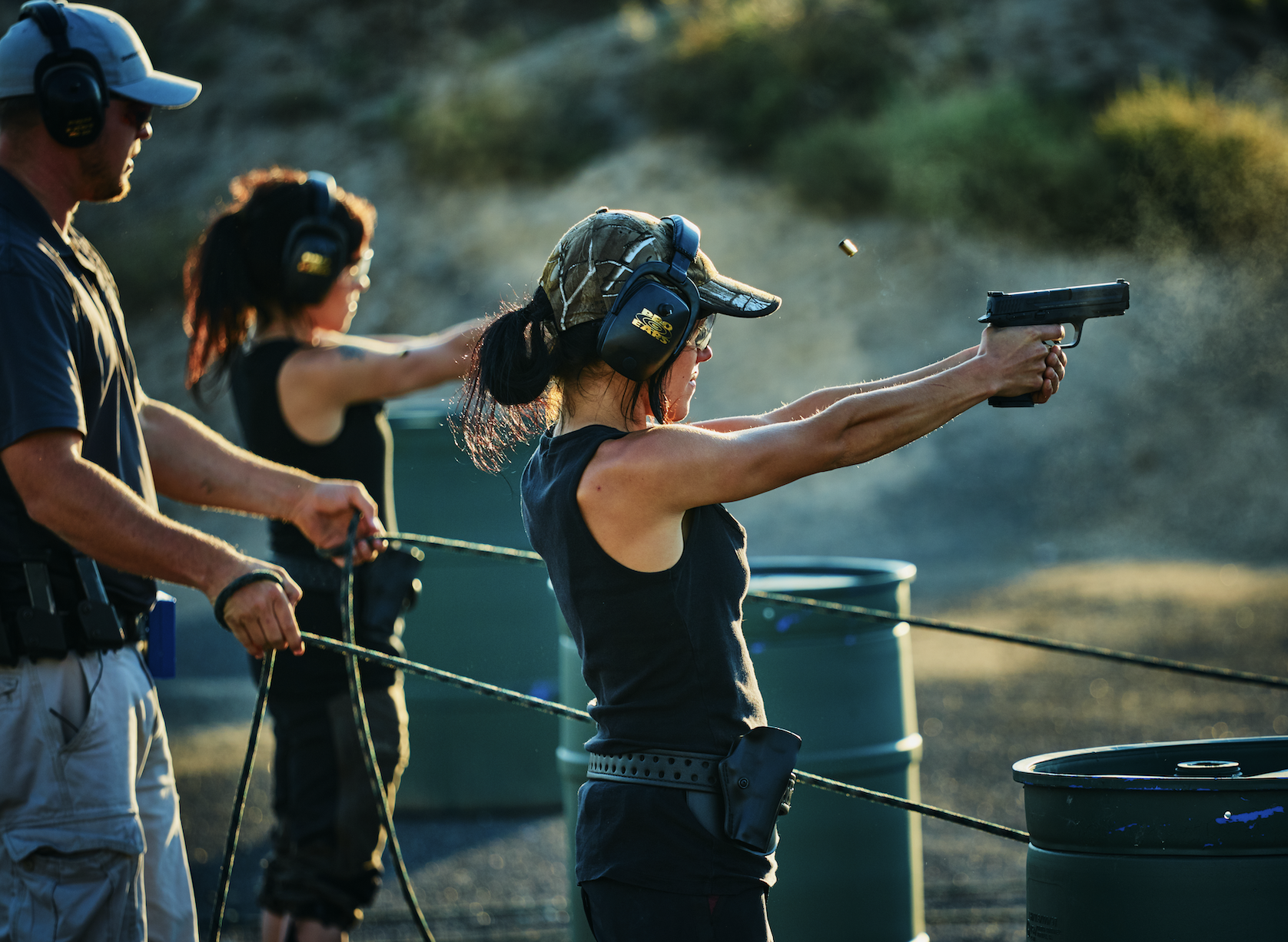|
After firearm purchases peaked near the start of the novel coronavirus outbreak, Newsweek notes that vendors in a number of United States regions said sales increased again recently. Research organization Small Arms Analytics & Forecasting (SAAF) estimated that more than 1.7 million firearms were purchased across the United States in May, using data collected by the FBI’s National Instant Criminal Background Check System. According to SAAF, the sales estimate represented an 80% increase compared to numbers reported in May 2019.
Though many have speculated that the breakout May sales numbers could be chalked up to nationwide unrest following the police-involved killing of George Floyd in Minneapolis, any uptick caused by riots and looting that happened separate from large-scale peaceful protests has not actually appeared in the data yet. SAAF Chief Economist Jurgen Brauer has said that “The NICS numbers through May 31st do not appear to bear out any such impression. In both May 2019 and May 2020, one sees the regular weekly cycle, without any observable unusual spike. The spike one does see is for March 20th, 2020, undoubtedly due to the global and nationwide COVID-19 crisis.”
While the latest jump in firearm stocks can be attributed to rioting, the actual sales figures are not at all an acute phenomenon.
Monthly sales in 2020 have been consistently higher than they were during the first five months of 2019. Similarly significant increases were previously recorded through the months of April, when data showed a 71.3% increase from April 2019, and March, when an 85.3% increase was reported YoY, according to information previously released by the SAAF. The National Shooting Sports Foundation (NSSF) estimates the first four months of 2020 saw a total of 6.5 million gun purchases run through the NICS system, an increase of 48% during the same time period last year, which stood at only 4.4 million at that point in 2019. Those figures do not reflect the record-shattering sales last month, though.
These purchasing trends bode well for future sales of firearms as 40% of the people buying firearms were first-time gun owners, according to an NSSF survey. The figure is a 67% increase over results from previous polls conducted by the organization. The foundation reported the total number of new gun owners was likely to be more than 2.5 million in total for the year thus far. Average price they were spending on guns and gear was $595. 25% of the new owners had already received some form of firearm training. Of those who did not, 63% inquired about upcoming classes or where they could receive qualified instruction.
Gun Shop Las Vegas owner Chris Mamola told Fox 5 Vegas that he’s taking about 300 phone calls per day right now. He sold 23,000 rounds of ammunition in 24 hours this week. There were five guns total in his entire shop Sunday. “Percentage in sales increase for our store? 300%,” Mamola said.
In Norfolk, Virginia, the display cases at Bob’s Gun Shop in downtown are usually stacked with guns, but right now they’re only partially full. “We’re seeing a lot of first-time buyers whether it be men or women. We definitely noticed more women in this buying surge.”
Weekly revenue at firearm and sporting goods stores has been up more than 50% year-over-year since the week of March 15, per data from small business software firm Womply. The online ammunition website Ammo.com said it saw a 602% increase in revenue during the pandemic, with people in Texas, Florida and Illinois ordering the most provisions.
Though COVID-19 has been the central catalyst for 2020’s gun boom, investors should also keep in mind that it is a Presidential election year. As NPR wrote back in 2016, gun and ammunition sales had jumped sharply after both of the preceding Presidential elections, fueled by fears that a Democratic presidency under Barack Obama would lead to restricted access to firearms. The run-up to 2016 was no different as FBI background checks set numerous monthly records in the run-up to the election, culminating in 2.3 million background checks nationally in October of the year, the most ever for the month and an increase of more than 350,000 background checks compared to the same month in 2015.
This election cycle is seen as an even higher stakes election for gun manufacturers. Incumbent Republican Donald Trump has been largely hands off when it comes to regulatory reform for firearms, barring his executive order to ban bump stocks in 2018, but presumed Democratic nominee Joe Biden promises a much more aggressive approach if elected.
Biden’s campaign website notes that the candidate would prioritize repealing the Protection of Lawful Commerce in Arms Act, a law shielding gun manufacturers from civil liability when one of their products is used to kill or harm. Clearly, the repeal of this law could be financially catastrophic for America’s gun producers. Further, the Biden campaign would work to ban the manufacture and sale of assault weapons, as well put federal limits on the number of firearms citizens may possess.
This is where things get complicated. Back in November 2016, gun stocks went into free fall after Donald Trump’s victory over Hillary Clinton. Even though the government would be unlikely to regulate the sale of firearms at the federal level, investor expectations for a rush of panic buying in the result of a Clinton presidency were eliminated. Effectively, firearm stocks rise on expectations of regulation.
So, in somewhat of a catch 22, a Trump victory could be negative for firearm stocks, while a Biden victory could be good – at least in the short term.
|



Leave a Reply